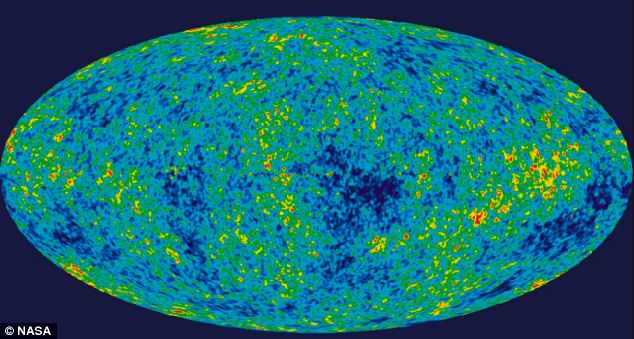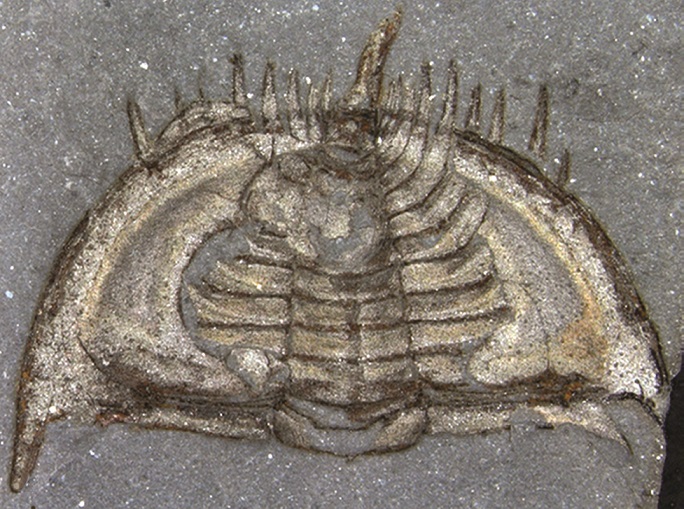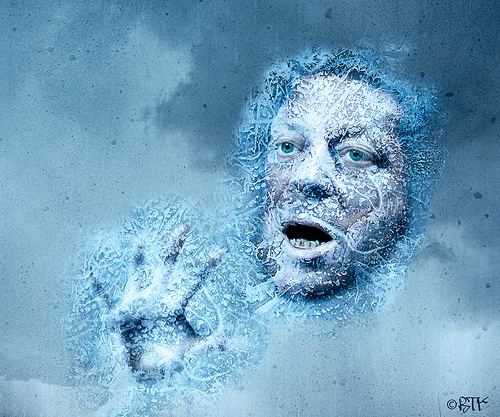
The theory contradicts the most popular concept of our universe's beginning, which suggestsit started with the Big Bang, and has been expanding ever since.
The Big Bang model suggests the universe began from what is known as a 'singularity', or a point of infinite density at which physical laws break down.
But Christof Wetterich, a theoretical physicist at Heidelberg University in Germany, claims this Big Bang never happened. Instead, the universe started as an empty and cold void, slowly emerging from a deep freeze.
He claims his theory will help resolve some of the more challenging aspects of the Big Bang theory, such as the singularity present during the beginning of the universe.
The concept that the universe is expanding was developed in the 1920s when astronomers look at the light emitted or absorbed by atoms, which appeared at different frequencies.
Professor Wetterich's latest suggestion builds on his earlier theory that the universe is not expanding, but instead getting fatter.












Comment: To read more about the Dr. Don Easterbrook and REAL science, see:
'Geologist Declares 'global warming is over' - Warns U.S. Climate Conference of 'Looming Threat of Global Cooling'
Global Warming's Kaput; 2008 Coolest in 5 Years
Global Warming? Global Cooling Forecast Backed By Real Science